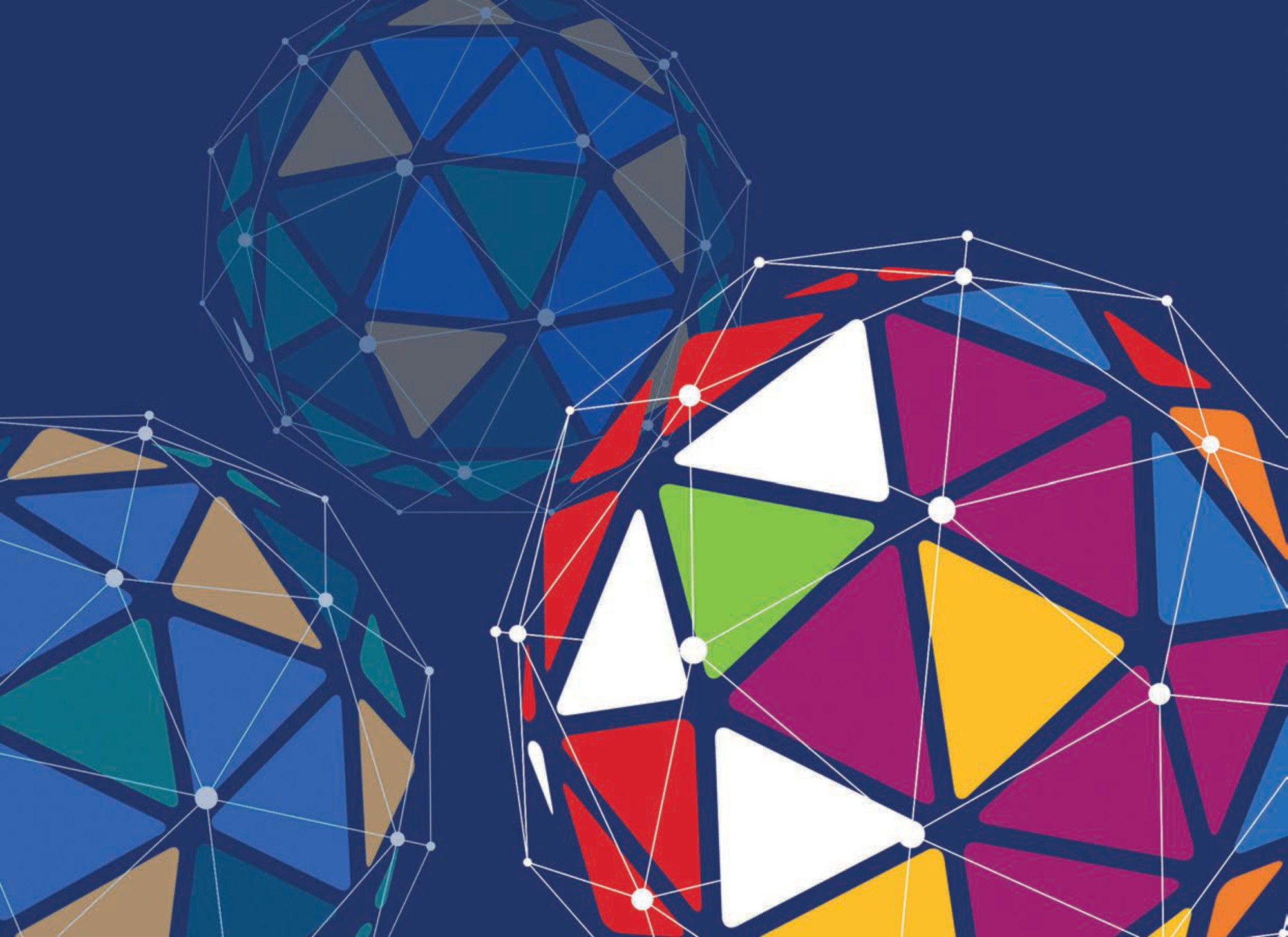The world is marked by multiple crises and challenges that transcend borders and require not only local but global solutions. Only by working together and bridging divides and differences can countries address these challenges and drive a sustainable development future for all. Triangular co-operation is explicitly designed to build inclusive, trusting and impactful partnerships that bring different stakeholders together to leverage their expertise, knowledge and resources for a sustainable future.
Global Perspectives on Triangular Co-operation

Executive summary
Triangular co-operation’s ability to deliver technical diplomacy will be a critical asset for the future of international co-operation
This report opens by using foresight tools to examine the potential of triangular co-operation in four very different future world scenarios. This is an important exercise that can help countries assess the strategic value of triangular co-operation in their future co-operation portfolios as a complement to South-South co-operation and official development assistance.
Across all the scenarios – a new sustainable development world, a fragmented world, a conflicted world and an unsustainable growth world – triangular co-operation has an important role to play. Its ability to deliver what this report terms technical diplomacy, building trust between partners that can transcend technical engagement and help underpin wider political dialogue, is a real asset. Another added value is its ability to foster genuine partnerships that break down old hierarchies between the South and North and donor and recipient and leverage the expertise, experiences and resources of all partners.
A growing and diverse set of partners report engagement in triangular co-operation, but there is room to scale up its use
Triangular co-operation may be vital for the future, but it is already playing an important role. In the absence of a single, comprehensive global database on triangular co-operation, this report draws on three different datasets and finds a growing and diverse set of partners are reporting engagement in triangular co-operation. Geographically, the largest share of triangular co-operation is with partners in the Latin America and the Caribbean region, and there has been a rise in its use with partners in sub-Saharan Africa and the Asia-Pacific region since 2018. The volume of funding reported as disbursed through triangular co-operation has also increased over time but remains relatively low compared to other development finance flows. At the second High-level United Nations Conference on South-South Co-operation, governments called upon multilateral, regional and bilateral development co-operation providers to consider increasing financial resources and technical cooperation to promote South-South and triangular cooperation.
The lack of a comprehensive and consistent dataset on global triangular co-operation flows makes it difficult to monitor the evolution of the modality and to build an evidence base on its effective use. This report calls on all co-operation partners in triangular co-operation – governments, multinational organisations, the private sector and civil society – to improve their own reporting and monitoring processes of triangular co-operation at the national level and to encourage better monitoring of the modality at the regional and global level.
Strengthening national ecosystems of triangular co-operation
The United Nations (UN) Conference on South-South Co-operation in 2019 called for the strengthening of national policies and mechanisms for South-South and triangular co-operation in light of the growing importance and increasing complexity, scale and sophistication of these modalities. The Islamic Development Bank has developed a framework that identifies seven pillars of an effective national institutional arrangement that can support the use of South-South and triangular co-operation (Islamic Development Bank and South Centre, 2019[30]). While there is no one-size-fits-all approach to delivering triangular co-operation, these pillars highlight some institutional elements that can assist in its delivery.
The IsDB’s seven pillars are 1) high-level political will, 2) including South-South and triangular co-operation in national strategies, 3) building solid information bases that enhance knowledge on the modality, 4) connecting stakeholders engaged in South-South and triangular co-operation to raise awareness and amplify its use, 5) establishing a national body, department or unit with responsibility for South-South and triangular co-operation, 6) establishing national financing mechanisms, and 7) ensuring performance management systems are in place to assess what is working and why, and to use this learning to enhance the efficiency and impact of the modality in the future.
Green triangular co-operation can support cross-sectoral and multi-stakeholder approaches
Key global conventions recognise triangular co-operation as an important co-operation modality to address climate change and biodiversity. Partners frequently engage in triangular co-operation to tackle climate change and biodiversity loss. While the volumes committed are relatively small at present, they are increasing and make up a significant share of total triangular co-operation. The potential benefits of green triangular co-operation are especially significant for small island developing states, which are highly vulnerable to the impacts of climate change and depend on strong global alliances to advocate for their needs and interests in this regard.
The modality’s ability to deliver technical diplomacy is a strength and can help forge greater understanding and consensus across countries to advance and implement international climate and biodiversity agreements. Individual triangular co-operation projects and programmes frequently cover multiple sectors, and this is also an asset, as addressing climate change and biodiversity loss require cross-sectoral approaches. Finally, the success of policy measures related to climate and biodiversity greatly depends on the engagement of people and communities living in affected areas. Triangular co-operation’s multi-stakeholder approach can help enable local engagement in the project.
This report demonstrates triangular co-operation’s relevance for delivering progress on sustainable development now and in the future given its innovative approach to diplomacy and building alliances and its ability to draw on the full range of expertise, experience and resources of all partners. The report calls on all actors to consider scaling up their use of the modality, improve reporting and monitoring of its impact, and strengthen national ecosystems to support its effective delivery.